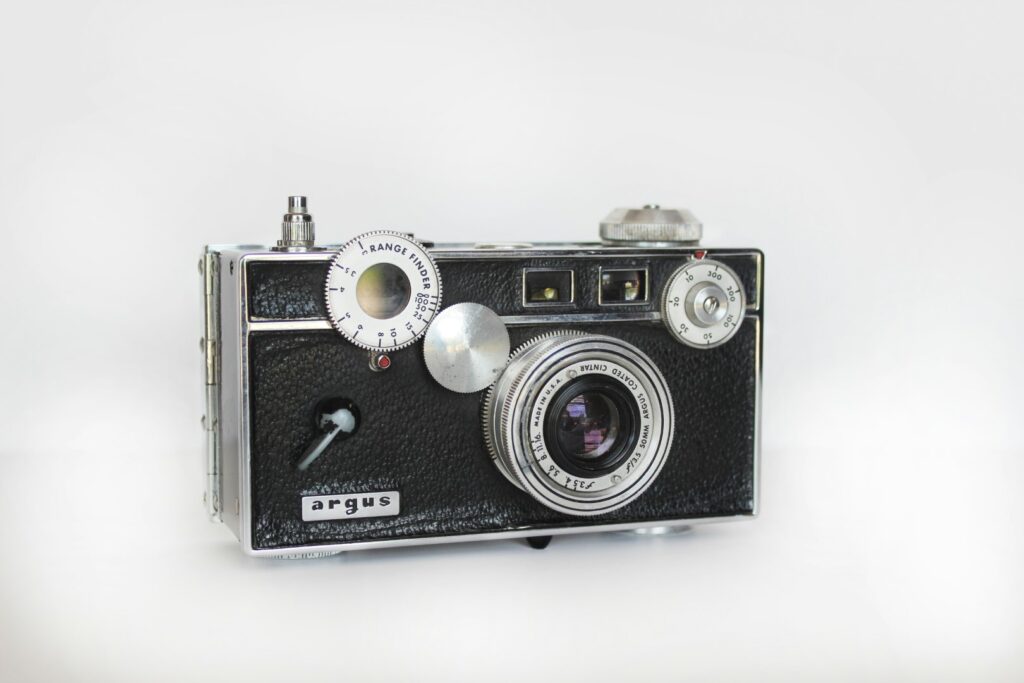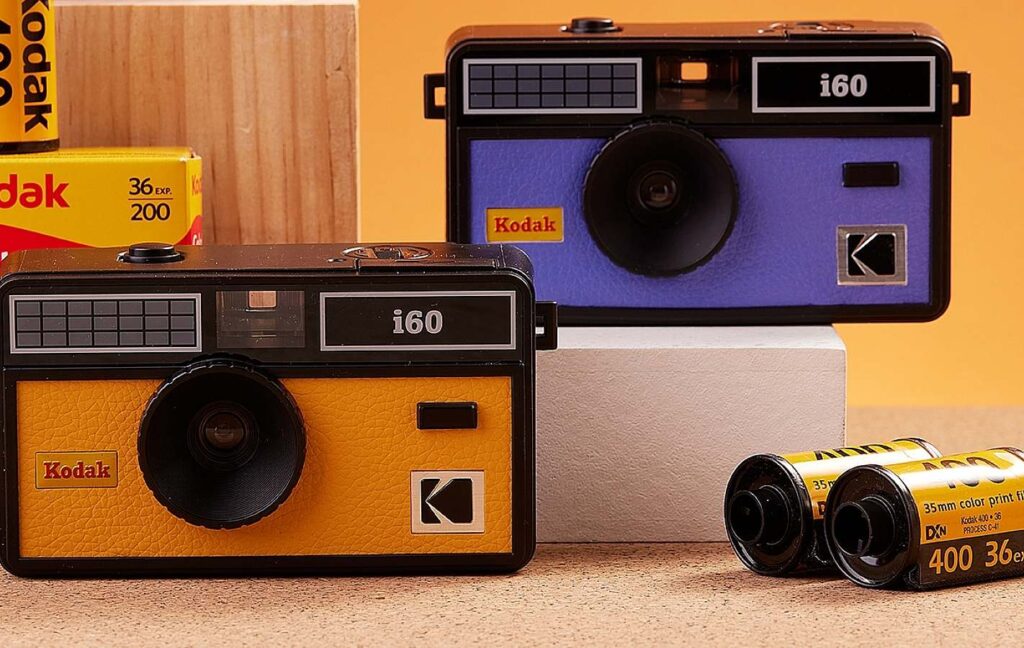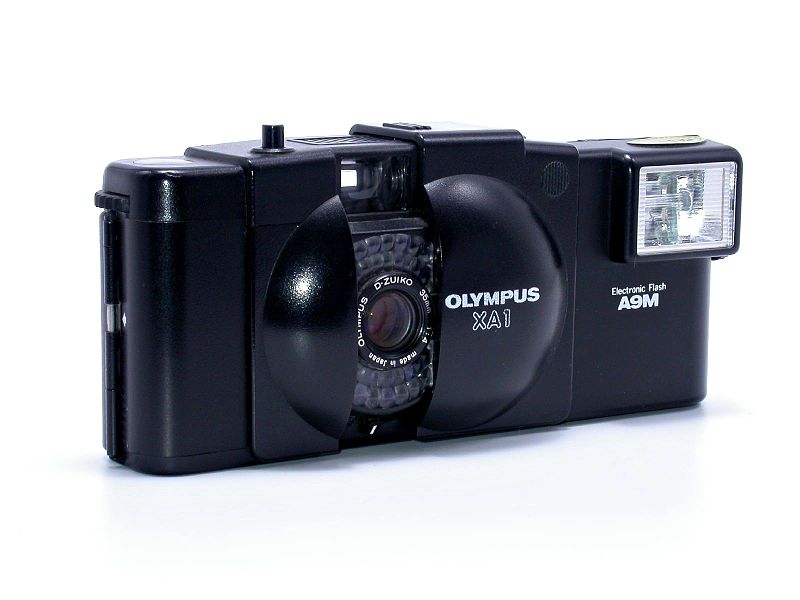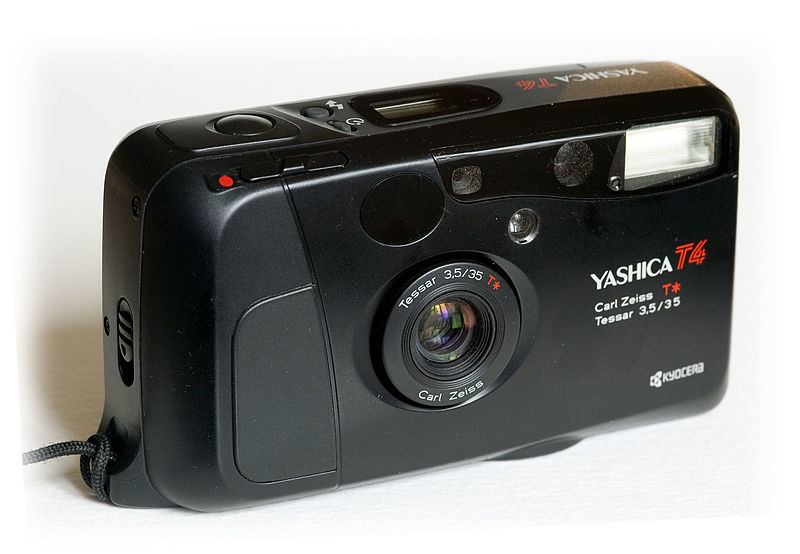The Argus C3, known for its distinctive, durable design, is a classic choice for film photography enthusiasts. Finding the right film type is key to getting the most out of this camera, often referred to as “the brick” because of its shape and heft. This article provides a straightforward guide on selecting the best film for the Argus C3, taking into account factors like film speed, grain size, and color balance. By focusing on these essential characteristics, we aim to help photographers of all levels make informed choices that enhance their use of this vintage camera, ensuring that each shot captures the desired detail and texture.
Related content that might be relvant:
- All currently available Black and White films
- All currently available Color Negative films
- All currently available Slide films
Film Sizes and which one does the Argus C3 use
Film sizes refer to the dimensions of photographic film, notably the width and length of the film. There are several types, with the most common being 35mm, 120 (or medium format), and large format. Each type offers unique advantages and drawbacks, influencing the level of detail, the size of the prints, and the style of the images.
35mm Film: This is the most common film size, used by a vast majority of photographers. It strikes a balance between cost, accessibility, and image quality. 35mm film is ideal for casual photography, street photography, and anything where you’d like to shoot a lot of frames. On the downside, the smaller negative size means there’s less detail compared to larger formats.
120 Film (Medium Format): 120 film offers a much larger negative size, leading to higher detail and better quality enlargements. It’s the go-to choice for professional portrait, landscape, and fine art photographers. However, 120 film cameras are typically larger and more expensive, and the film costs more per shot compared to 35mm.
Large Format Film: Large format film, such as 4×5 or 8×10 inches, provides the maximum detail and quality, producing unrivaled sharpness and tonality. However, the cameras are large and expensive, and the film cost can be prohibitive for many photographers.
The Argus C3 utilizes 35mm film, mirroring the camera’s core design principles: robust, economical, and adept at delivering sharp, high-quality photographs. Its compatibility with this format renders it an exceptional tool for diverse photographic needs, from capturing the essence of travel to the spontaneity of street scenes. Moreover, the widespread availability of 35mm film in color, black and white, and slide emulsions offers Argus C3 photographers a rich palette of creative possibilities. This flexibility, combined with the camera’s unique characteristics, makes it a favored choice for those looking to explore the depth and breadth of film photography.
The Different Types of Film Stocks
Black and White Film
Black and white film produces images with a timeless, classic aesthetic. It’s loved for its wide dynamic range, the ability to handle various lighting conditions, and for bringing out textures and contrasts. Depending on the type of black and white film, it can offer a rich gradation of tones or a stark contrast between light and dark. The advantages of black and white photography include its timeless nature, with images that resist aging and fading unlike color photographs. It draws focus to details such as shapes, patterns, and negative spaces, offering a striking contrast. Additionally, black and white images often evoke a distinct emotional response, sometimes creating a dreamscape-like effect.
However, there are limitations. Black and white photography can sometimes lack the emotional depth of color photographs and mastering this style requires significant skill and practice, as it leaves less room for error. In architectural photography, black and white imagery enhances perception by highlighting shapes, angles, and forms. It allows for a focus on the structure and details of architecture without the distraction of color, bringing a unique perspective to the viewer
For beginners, it’s commonly suggested to begin with black and white film to concentrate on framing, lighting, and the overall structure of the image. However, photography is ultimately about enjoyment, so it’s important to pursue what excites you the most.
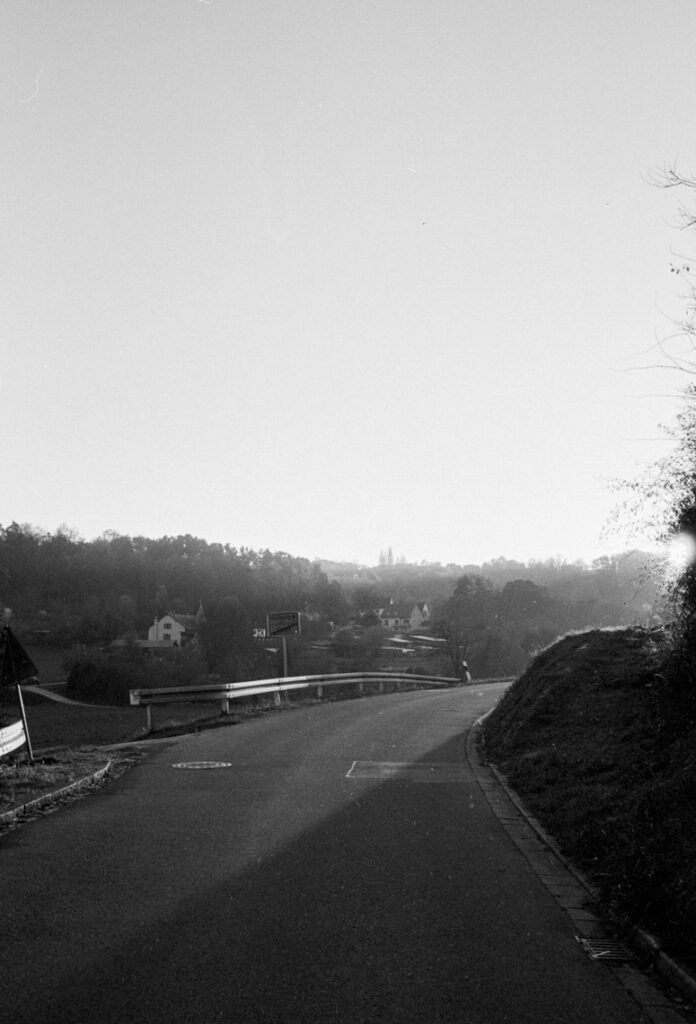
Agfa 100 APX shot on my Canon EOS 300 | Full Version on Flickr
Color Negative Film
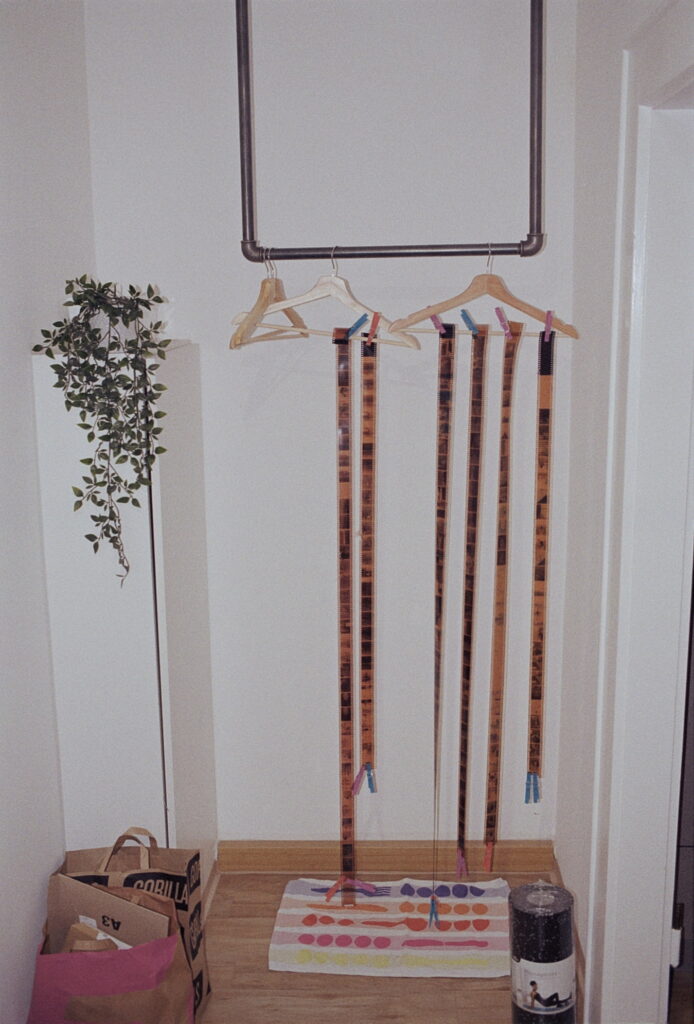
Color negative film, also known as print film, is the most common type of color film. It captures a wide range of colors and has a great tolerance for exposure errors. Upon development, it produces a negative which can be printed or scanned for digital use. It is not as easy to handle and develop as black and white film, but it is still manageable.
Color film is often used for portrait photography or weddings, where it can deliver very natural skin tones, and for landscape photography where vibrant colors are the focus of the viewer. Many street photographers like its versatility and adaptability in diverse lighting conditions. I like to use it for all my everyday snapshots, casual photographs, and travel photography as well.
Slide Film
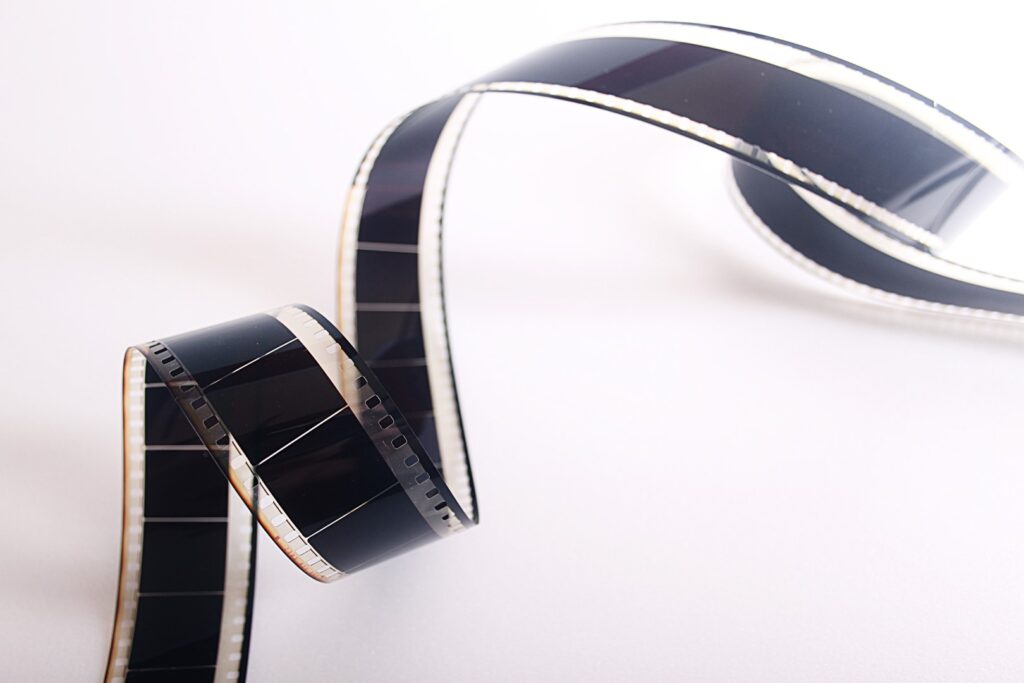
Slide film, or reversal film, produces a positive image directly on the film. It’s renowned for its vibrant, saturated colors, and high contrast. However, slide film has a narrow exposure latitude, requiring accurate exposure settings. It is definitely not the best film for beginners. Additionally, it is a lot more expensive than black and white and color negative films, both in terms of purchase and development costs.
It is quite satisfying to see your already developed photo on the film itself; the image does not need to be scanned and digitized first. Usually, sharpness, color, and resolution are better and more vivid compared to negative film. Most photographers use this film for professional work, including landscape, artistic projects, or nature shots.
Considerations when choosing a Film for the Argus C3
Film Speed
In photography, film stocks are categorized by their ISO or ASA rating, which indicates their light sensitivity. Common ISO values range from 100 to 800, but there are extremes as low as 50 and as high as 3200. The ISO rating is akin to the sensitivity setting in digital cameras.
Low ISO film stocks, such as 50 or 100, are termed “slow” due to their low sensitivity to light. These types are ideal for brightly lit environments, like sunny outdoor settings. However, they’re less effective in dim conditions unless you compensate with longer exposure times.
Conversely, high ISO film stocks, like 800 or 3200, are known as “fast” films. Their increased light sensitivity makes them more versatile, particularly in low light situations. It’s important to note, though, that films with higher ISO generally exhibit more grain in the final image.
A crucial aspect of film photography involves understanding how certain film stocks react to overexposure. With most color films you will receive better results when overexposed by one or two stops. This is mostly dependent on the exposure latitude of the specific film stock. You can always read more about it in the films technical specifications.
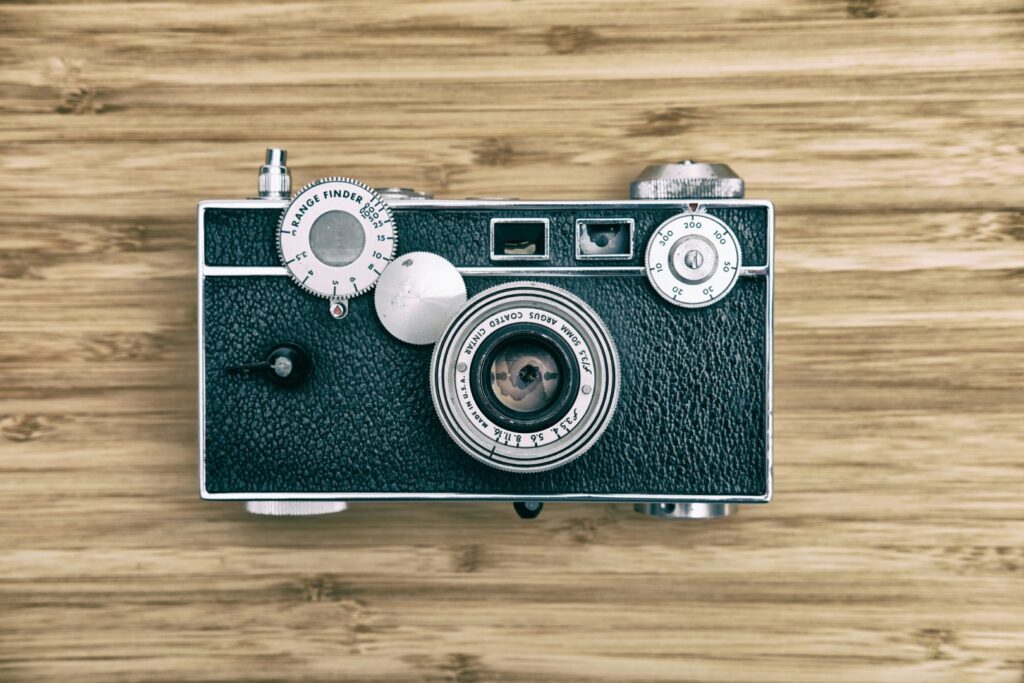
Aesthetic Qualities of the Film Stock
Each film stock has its own unique aesthetic that significantly affects the colors, contrast, grain structure, and overall ‘feel’ of the image. For example, Kodak Ektar 100 is renowned for its ultra-fine grain and richly saturated colors, making it ideal for landscapes where its ability to enhance blues and greens is particularly striking. Conversely, Fujifilm Pro 400H, known for its softer, more neutral palette and pastel-like tones, is often the choice for portrait photographers due to its flattering rendition of skin tones. In the realm of black and white, Ilford HP5 Plus 400 stands out with its medium contrast and distinctive grain, offering a classic, versatile option for a range of subjects from street scenes to intimate portraits. These differences among various film stocks provide photographers with a spectrum of creative possibilities, from vibrant and eye-catching to subtle and nuanced, catering to diverse artistic visions and styles.
Developing and Scanning Film
Developing and scanning are essential processes in film photography. You have the option to develop at home or use a lab. Home developing gives you more control but requires knowledge, time, and equipment. Lab developing, while more convenient, adds to the cost.
Scanning can also be done at home with a film scanner or at a lab. High-quality lab scans can provide great results but can be expensive. Home scanning gives control over the process but requires investment in a good scanner.
Top Color Film Choices for the Argus C3
Kodak Gold 200
Kodak Gold 200 stands as a timeless emblem of Kodak’s photographic legacy, renowned for its lush, warm tones and vibrant, vintage hues. This film stock is a throwback to the days when flipping through physical family albums revealed memories captured in vivid detail, often on this very medium. Its enduring appeal lies in its versatility, making it an ideal choice for an array of photographic endeavors, from exploratory travel to the simple beauty of everyday moments.
With an ISO rating of 200, Kodak Gold 200 thrives in generously lit environments, where it can truly showcase its capacity for capturing the essence of any scene with an almost nostalgic grace. This film’s characteristic saturation and warmth invite photographers to create images that resonate with a sense of familiarity and timeless charm. Check current prices here.
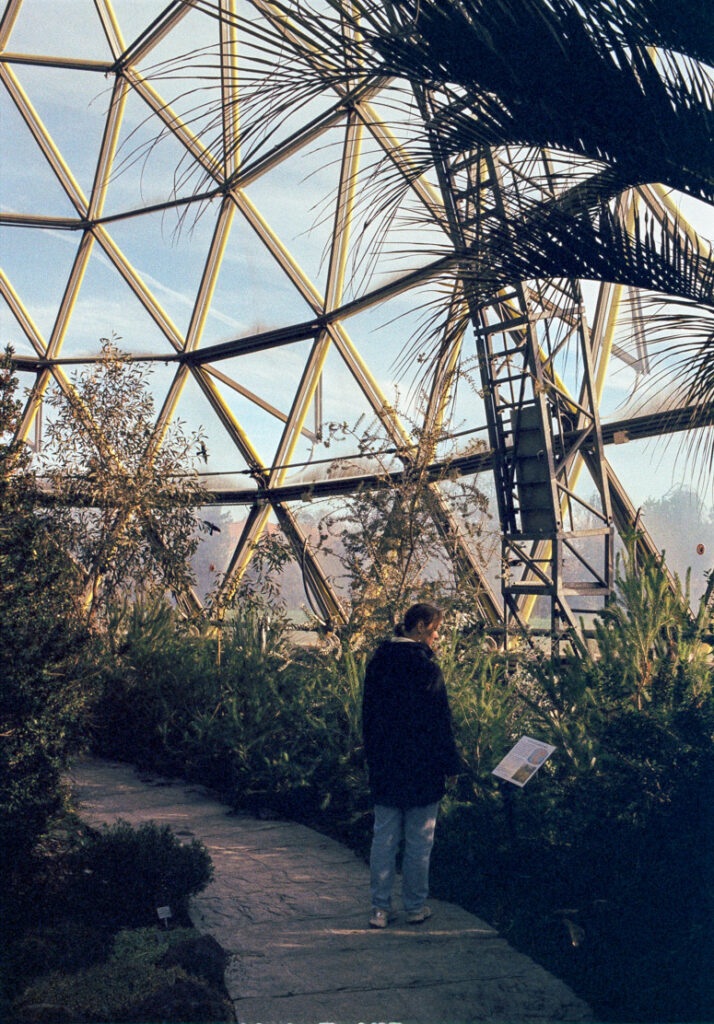
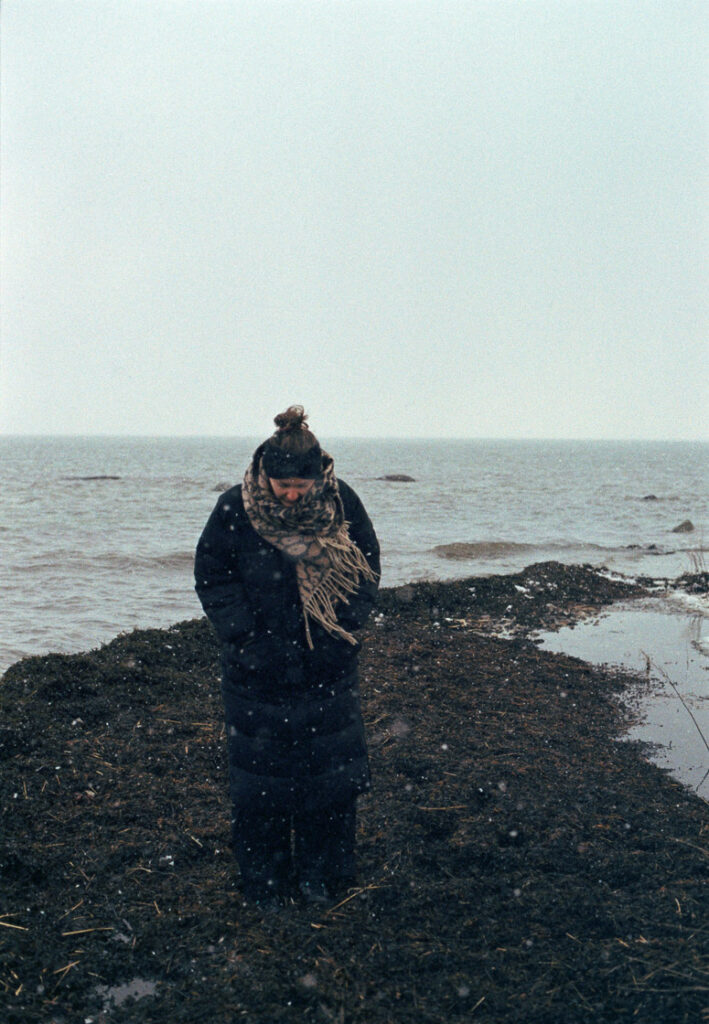
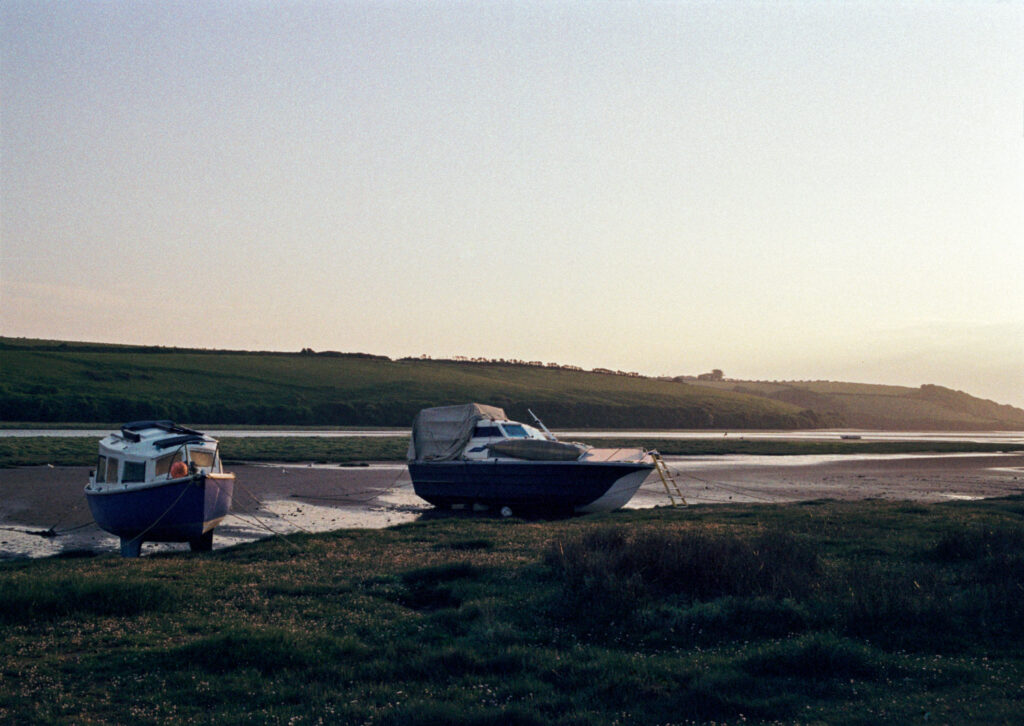
In case you want to see more of my Kodak Gold images check out my Kodak Gold 200 Flickr album.
Kodak Portra 400
Kodak Portra 400 is well-regarded for its true-to-life color reproduction, fine grain, and flexibility in different lighting situations. It’s popular among photographers for both portrait and landscape photography because it handles skin tones very well and provides consistent results. With an ISO of 400, it’s more versatile in lower light compared to lower-speed films, making it a good all-around choice for various shooting conditions.
The film is known for its soft, natural color palette, which can make your photos look professional and timeless. Despite being a bit pricier than some other films, its reliability and the quality of the results often justify the cost for many photographers. Check current prices here.
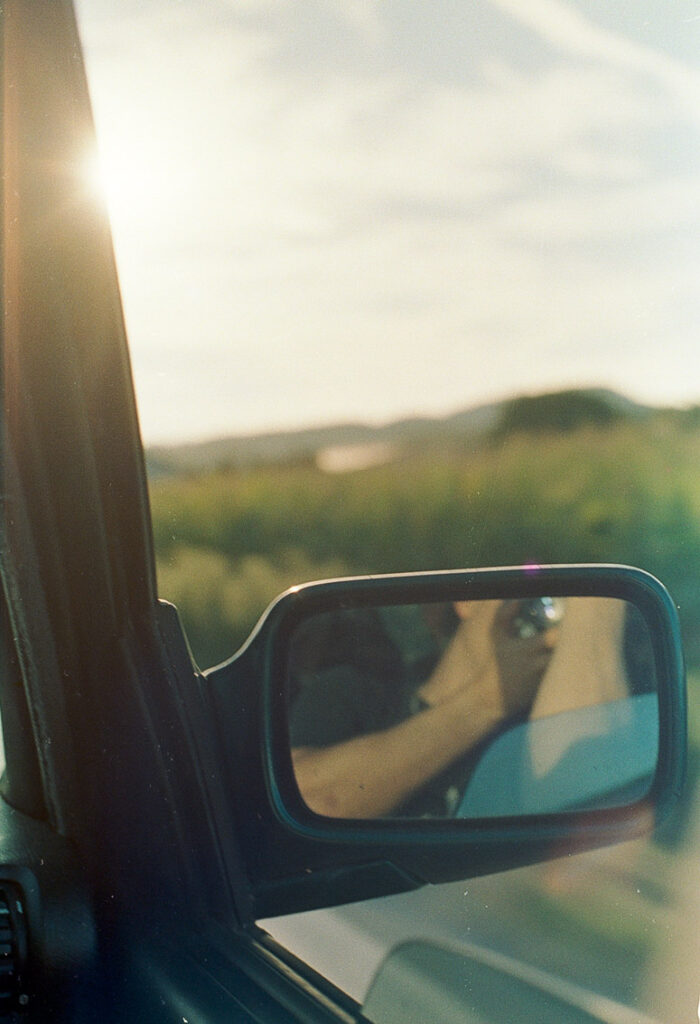
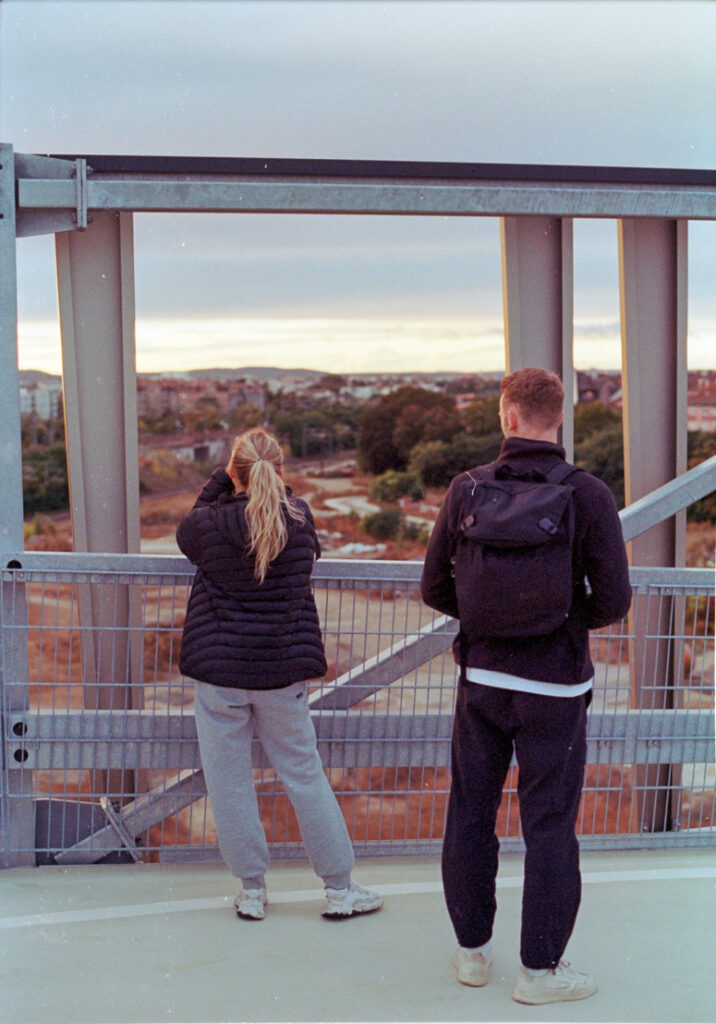
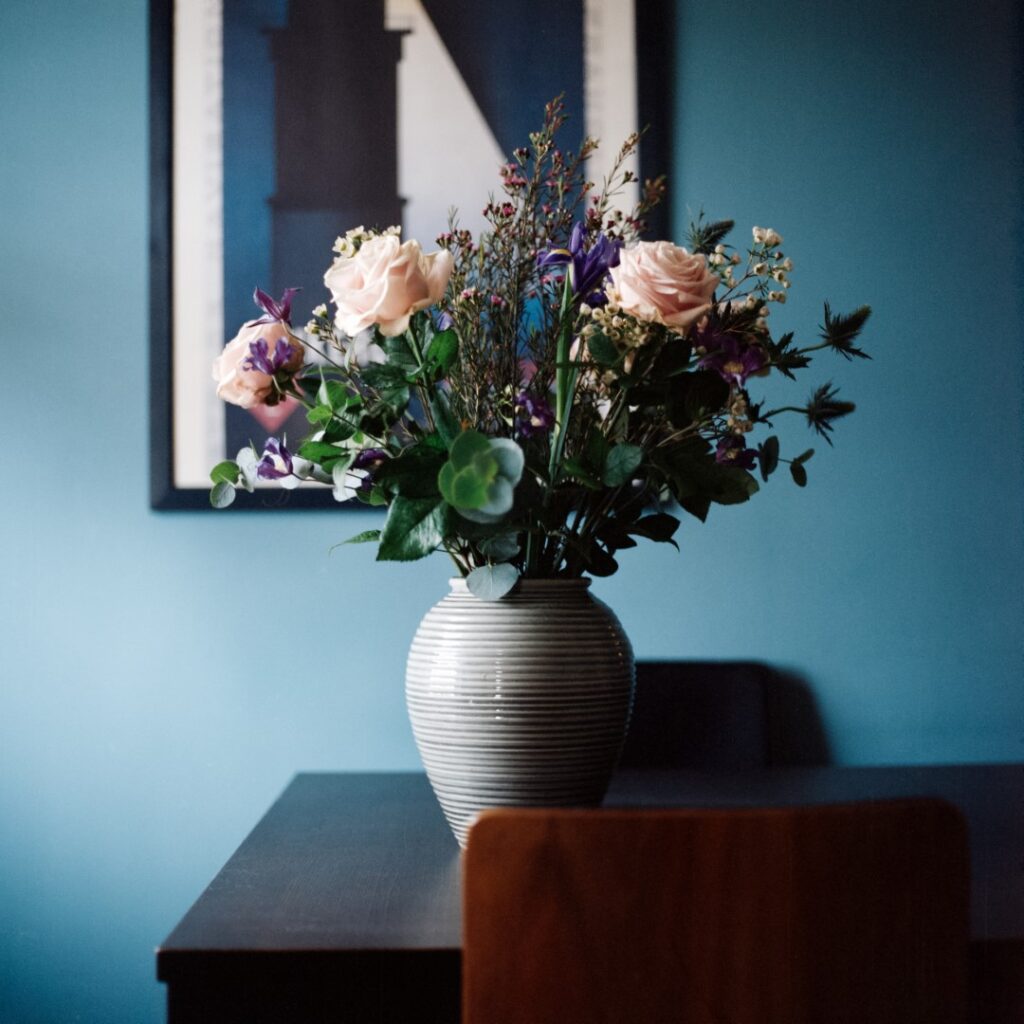
In case you want to see more Portra 400 examples check out my Portra 400 Flickr Album.
Fujifilm 200
Fujifilm 200 is a budget-friendly, consumer-grade film known for its vibrant colors and fine grain at a very accessible price point. It’s a 200-speed film, which makes it best suited for daytime shooting or in situations with plenty of light. Photographers often turn to Fujifilm 200 for casual, everyday photography thanks to its versatility and the punchy colors it produces, which can give a lively look to your shots.
The film tends to have a cooler color temperature compared to some of its counterparts, producing crisp blues and greens that can make landscape and street photography pop. While it might not offer the same level of detail or color accuracy as some of the more professional-grade films, its ease of use and affordability make it a popular choice for hobbyists or those just getting started with film photography. Check current prices here.
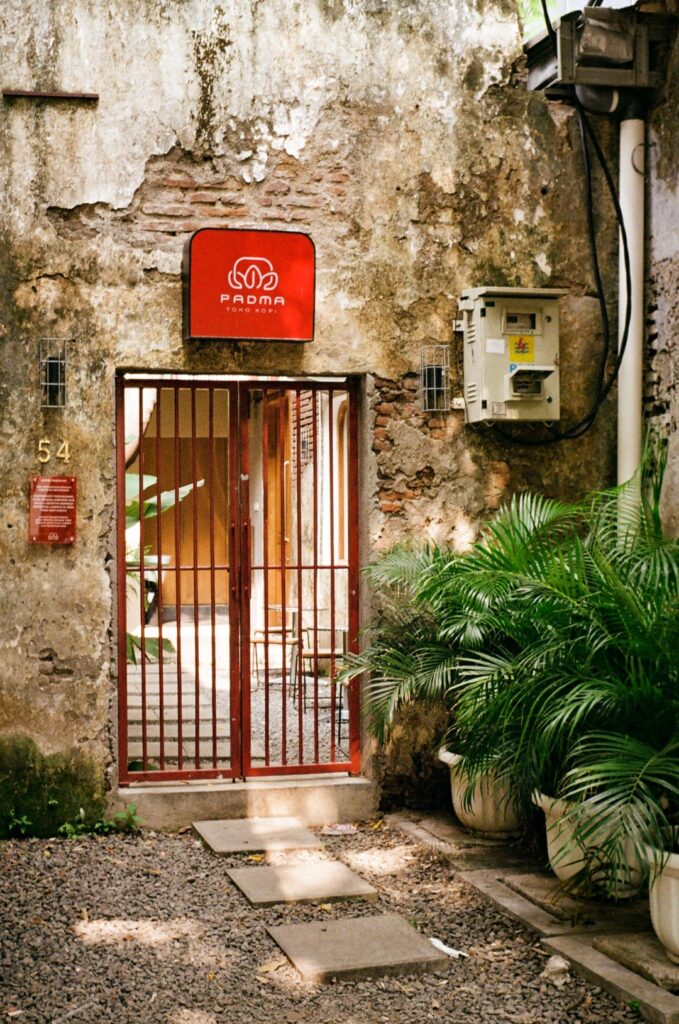
Top Black and White Film Choices for the Argus C3
Ilford HP5 Plus 400
Ilford HP5 Plus is a high-speed, black and white film that is well-respected for its versatility and wide exposure latitude, making it a favorite among both amateur and professional photographers. With an ISO of 400, it performs well in a variety of lighting conditions, from bright daylight to dimly lit interiors, without compromising on the quality of the grain.
This film is particularly noted for its ability to produce rich blacks and a full range of greys, offering a classic black and white aesthetic that’s both dynamic and expressive. The fine grain structure of HP5 Plus allows for excellent detail and sharpness in images, which, combined with its forgiving nature in terms of exposure, makes it a reliable choice for those experimenting with different lighting situations or developing techniques.
Photographers who prefer shooting with black and white film often lean towards HP5 Plus for its consistent results and the character it brings to images. Whether for street photography, portraits, or landscapes, it provides a timeless look that’s hard to replicate with color film or digital sensors. Check current prices here.
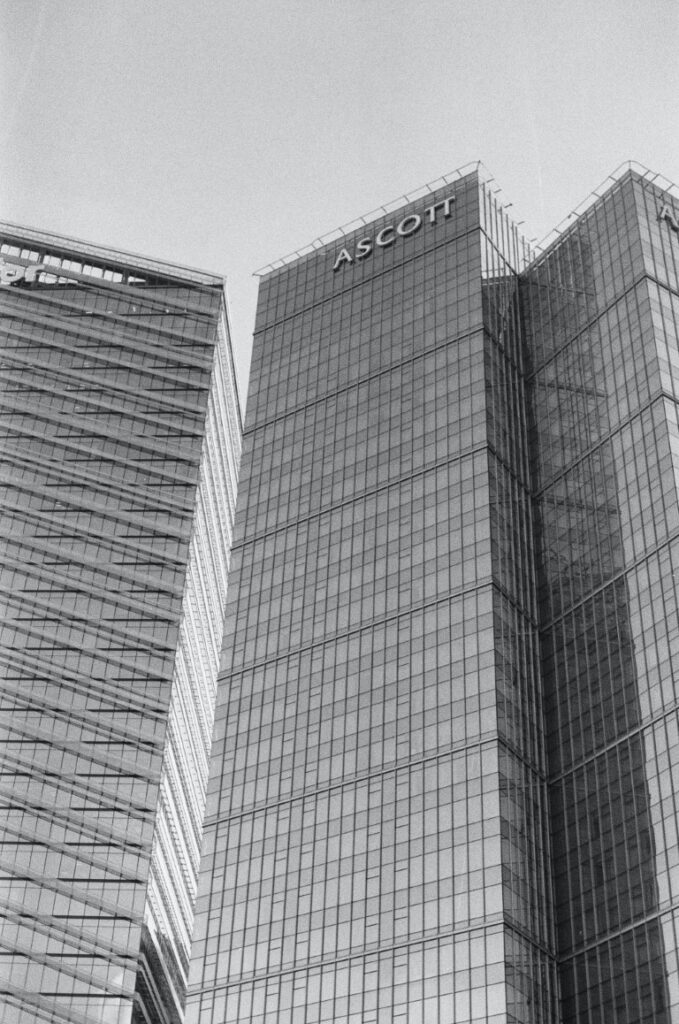
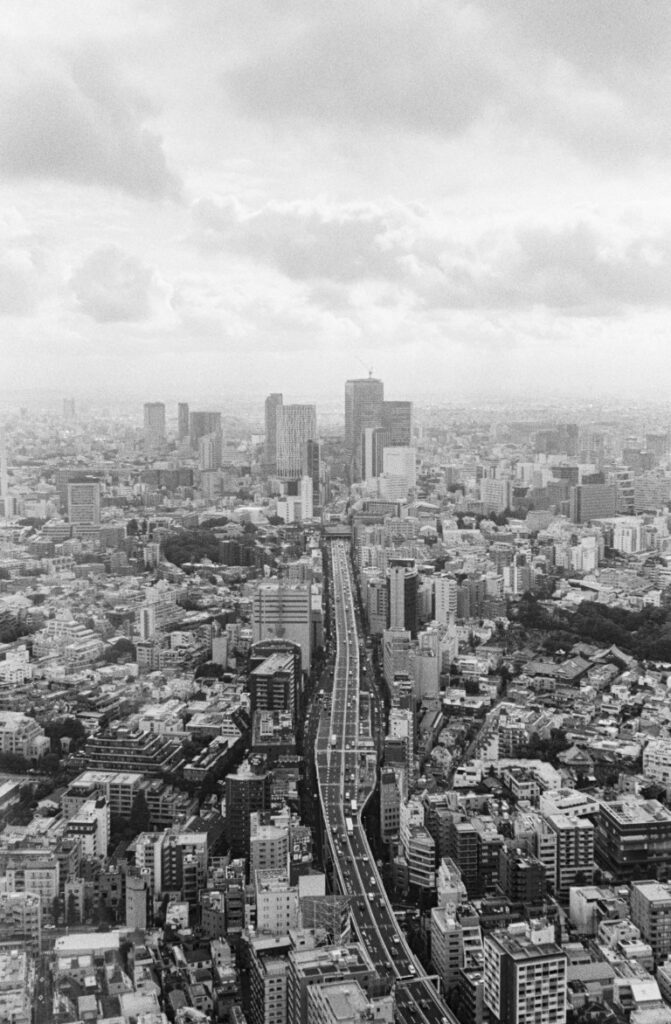
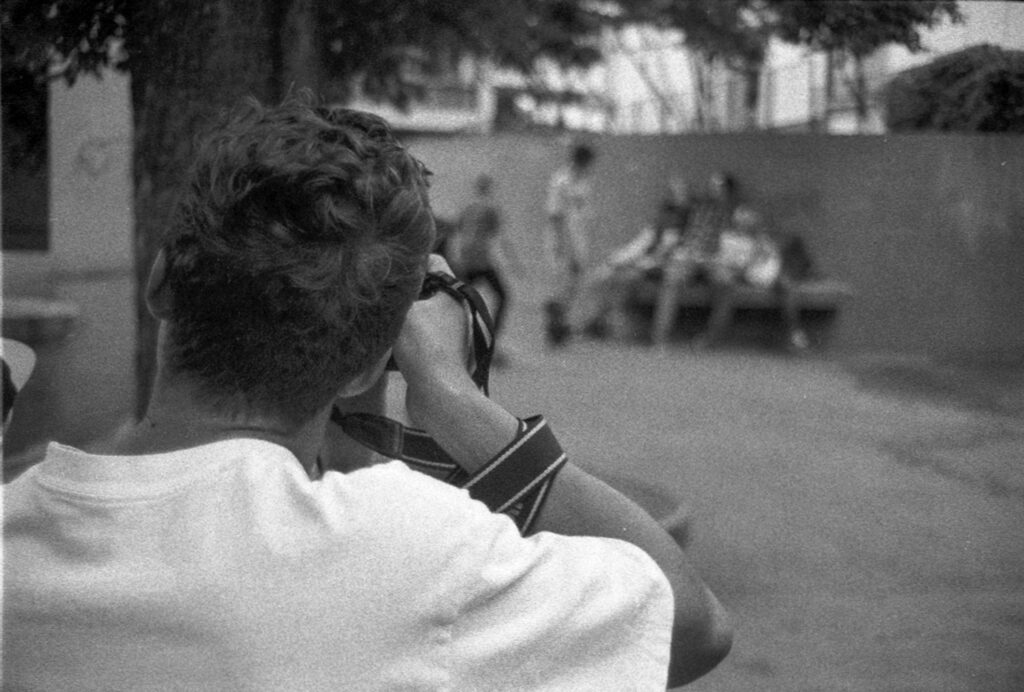
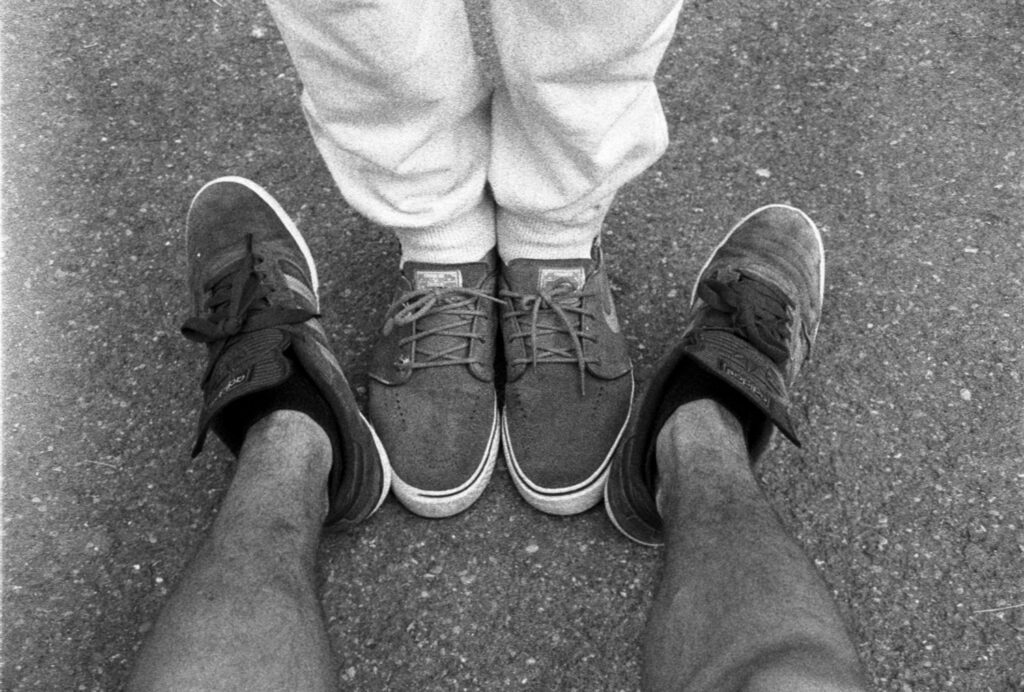
Kodak Tri-X 400
Kodak Tri-X 400 is a classic black and white film known for its robustness and excellent ability to capture detail in a wide range of lighting conditions. It’s a favorite among street photographers, journalists, and documentary photographers for its high speed of ISO 400, which allows for greater flexibility in lower light settings or when capturing fast-moving subjects.
The film is celebrated for its distinctive grain structure, which adds texture and depth to images, contributing to a gritty, realistic aesthetic that’s become synonymous with traditional black and white photography. Despite its grain, Tri-X 400 maintains good resolution and sharpness, making it suitable for a variety of photographic applications, from portraits to landscapes.
Tri-X 400’s contrasty nature can be manipulated through development choices, offering photographers control over the final look of their images. This adaptability, combined with its forgiving exposure latitude, makes it a solid choice for those learning film photography, as well as seasoned professionals looking for reliable, high-quality results. Check current prices here.
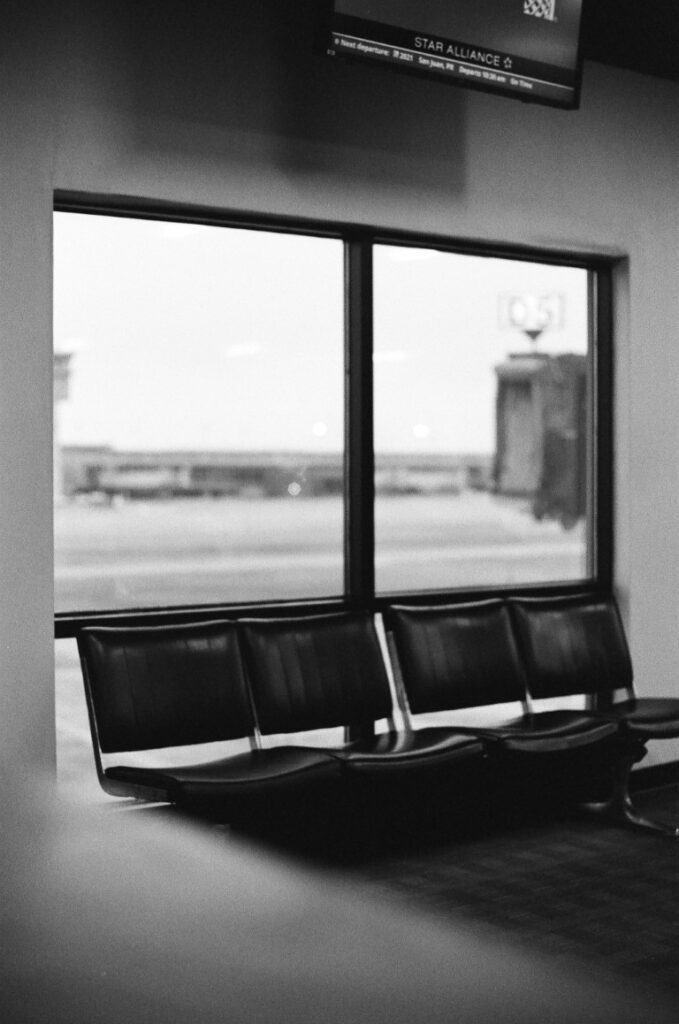
Fomapan 400
Fomapan 400 is an affordable, black and white film that offers a unique combination of versatility and character. It’s a panchromatic film with an ISO of 400, making it well-suited for a range of lighting conditions, from bright outdoor settings to more subdued indoor environments. This film is particularly appreciated by photographers who enjoy experimenting with different styles and techniques, thanks to its distinctive grain structure and high contrast.
One of the notable features of Fomapan 400 is its ability to produce images with a classic, somewhat vintage look, characterized by deep blacks and a wide range of gray tones. The film’s grain is more pronounced than that of some higher-priced counterparts, which can add a dramatic effect to photographs, particularly in larger prints.
Fomapan 400 is also known for its flexibility in development. Photographers can push or pull the film to adjust its sensitivity to light, allowing for greater creative control over the final image outcome. This makes it a popular choice for those who like to process their own film and experiment with different development techniques. Check current prices here.
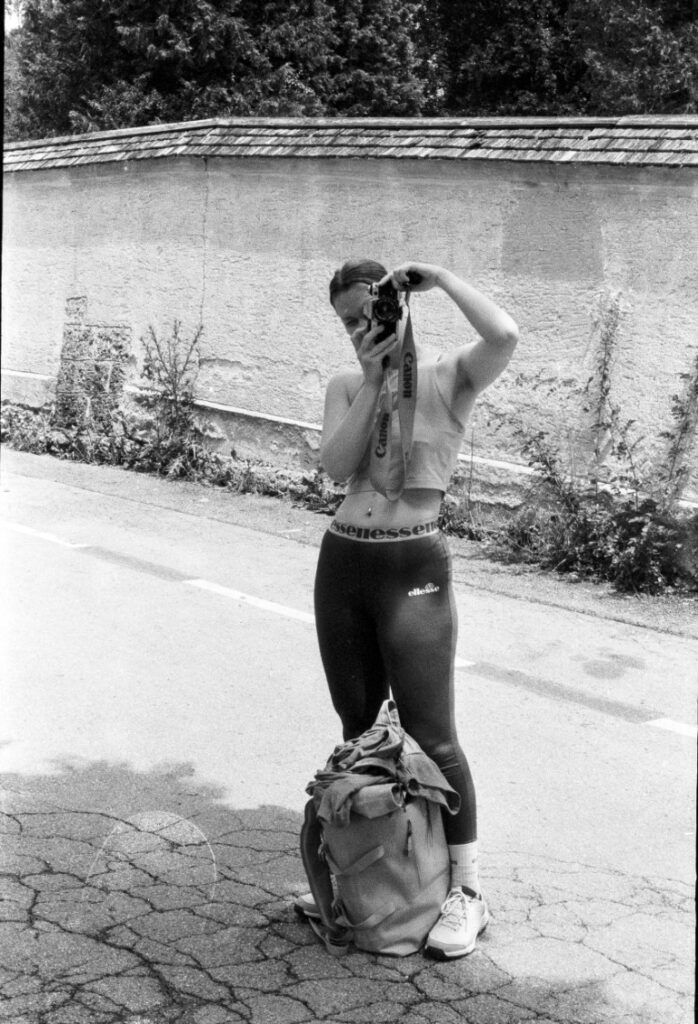
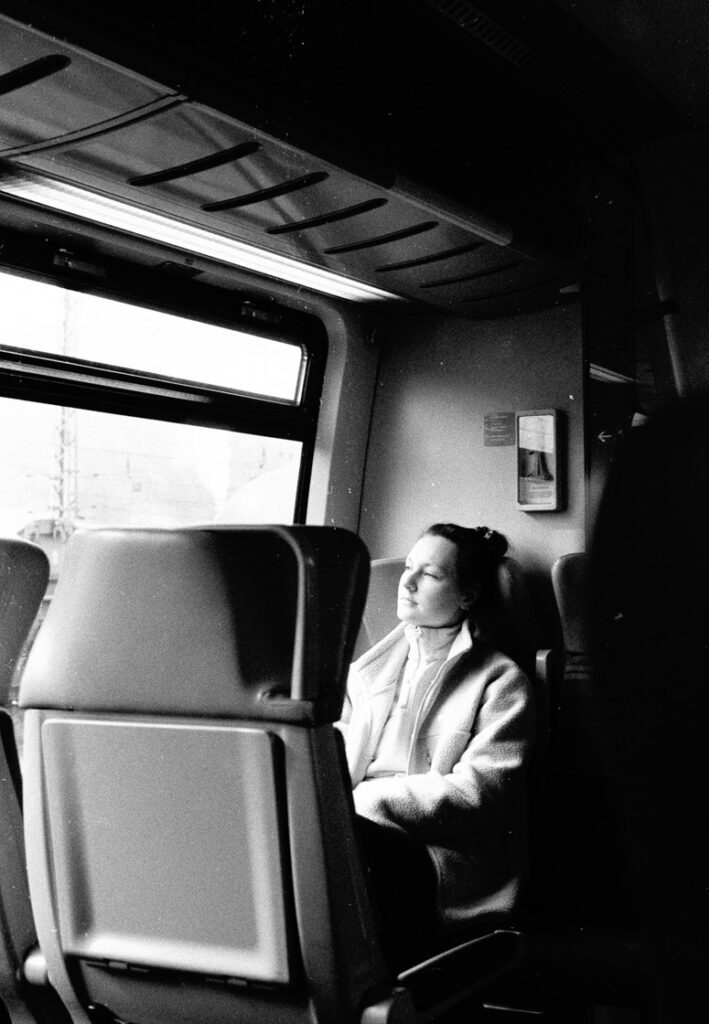
For more Foma 400 images, check out my Fomapan 400 Flickr album. We’ve captured our firsthand experiences with Fomapan 400 in this YouTube video, covering everything from shooting to self-developing the film.
Agfa APX 100
Agfa APX 100 is a black and white film that’s appreciated for its fine grain and good contrast. It’s an ISO 100 film, which means it performs best in bright light or when used with artificial lighting. This film is often selected by photographers for its ability to deliver sharp images with a classic black and white look. The APX 100 is known for producing clear details and a wide range of grey tones, making it suitable for various types of photography, from portraits to landscapes. Its fine grain helps in maintaining image clarity, even in prints of larger sizes.
One of the notable features of Agfa APX 100 is its straightforward processing and compatibility with a variety of developers, which can be appealing for those who develop their own film. It offers a balanced contrast that can be adjusted somewhat in development, giving photographers some flexibility to achieve their desired look.
Overall, Agfa APX 100 is a reliable choice for anyone looking to explore black and white photography or for those who appreciate the timeless aesthetic it provides. It’s not overly complicated to use, making it accessible for beginners, yet it delivers quality results that satisfy more experienced photographers as well. Check current prices.
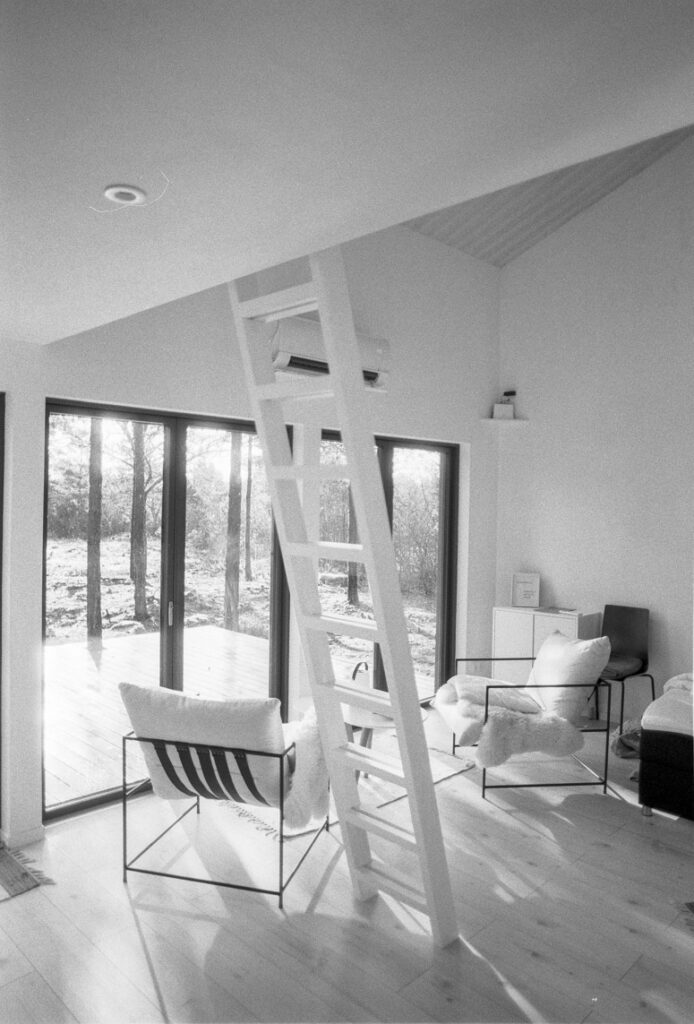
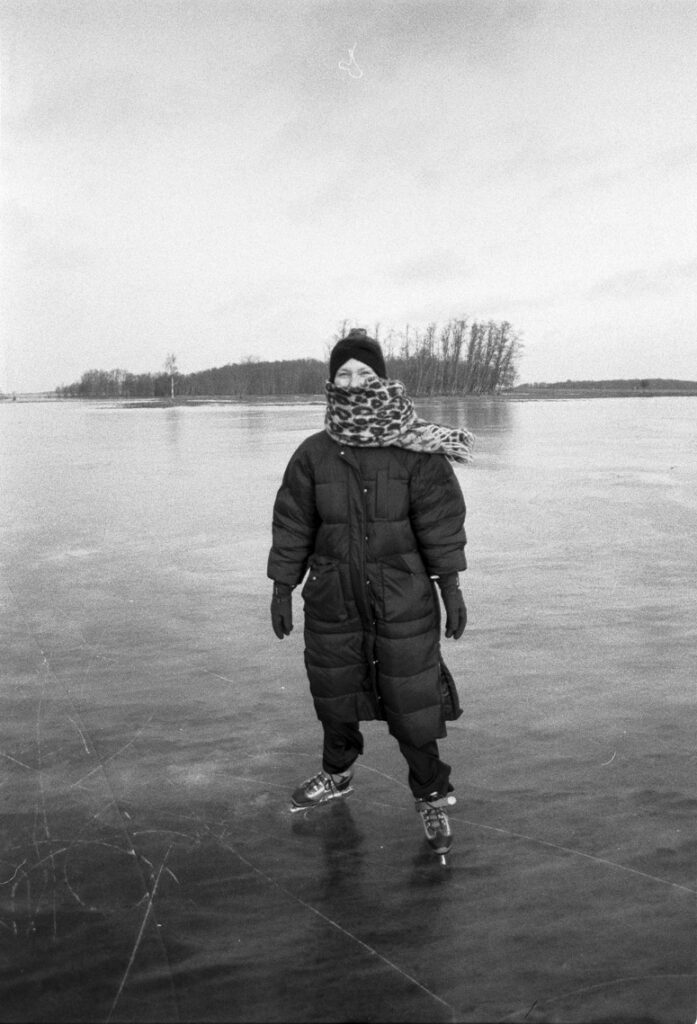
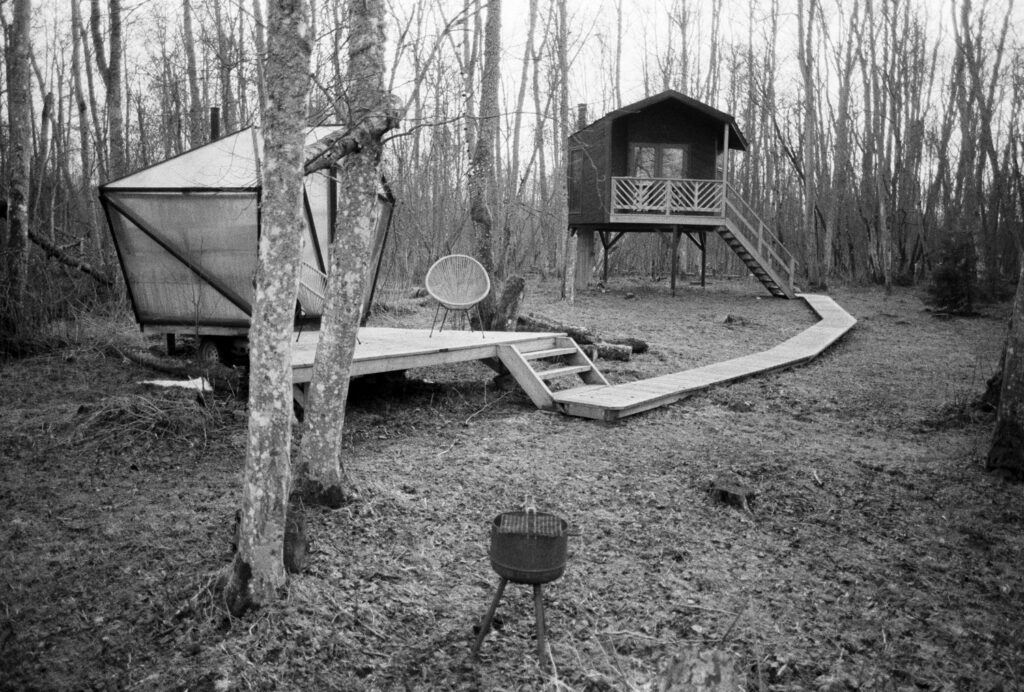
For more Agfa images, check out my Agfa APX 100 Flickr album.
Top Slide Film Choices for the Argus C3
Ektachrome E100
Ektachrome E100 is a slide film known for its fine grain, vibrant colors, and high level of color accuracy. As an ISO 100 film, it performs best in well-lit environments or when paired with a tripod and longer exposures in dimmer settings. It’s particularly favored by photographers who are looking for crisp, clear images with bright, true-to-life colors. The film is celebrated for its rich, saturated blues and greens, making it a popular choice for landscape and nature photography. It also renders skin tones in a pleasing, natural way, which can be advantageous for portrait photographers. Ektachrome E100’s color balance is slightly cooler, giving a distinct look that’s different from the warmer tones often seen in other color films.
One of the key characteristics of slide film like Ektachrome E100 is its high contrast and fine detail rendition. This can create stunning images with a clarity and depth that is hard to achieve with other types of film or digital sensors. However, this also means that it has less exposure latitude compared to negative films, requiring more precise exposure control. Ektachrome E100’s appeal lies in its ability to produce images with exceptional sharpness and vibrant colors straight out of the camera, which is especially appreciated in the era where such effects are often digitally manipulated. Check current prices here.

Velvia 50
Fujifilm Velvia 50 is a slide film known for its fine grain and vibrant colors. With an ISO of 50, it’s best used in bright lighting conditions or with a tripod for longer exposures. This film is often chosen for landscape and nature photography because of its ability to produce really vivid colors, particularly blues and reds.
Velvia 50 is recognized for its color saturation, which means the colors in your photos will be quite intense and punchy. This can make landscapes look very dynamic, but it’s something to be mindful of, as it might not always be suitable for all types of photography, especially where more natural color rendition is desired. The film has a fine grain, contributing to sharp and clear images, but it also requires accurate exposure settings. Its low ISO and high color saturation mean that getting the exposure right is key to avoid overly bright or dark areas in your photos. Check current prices here.
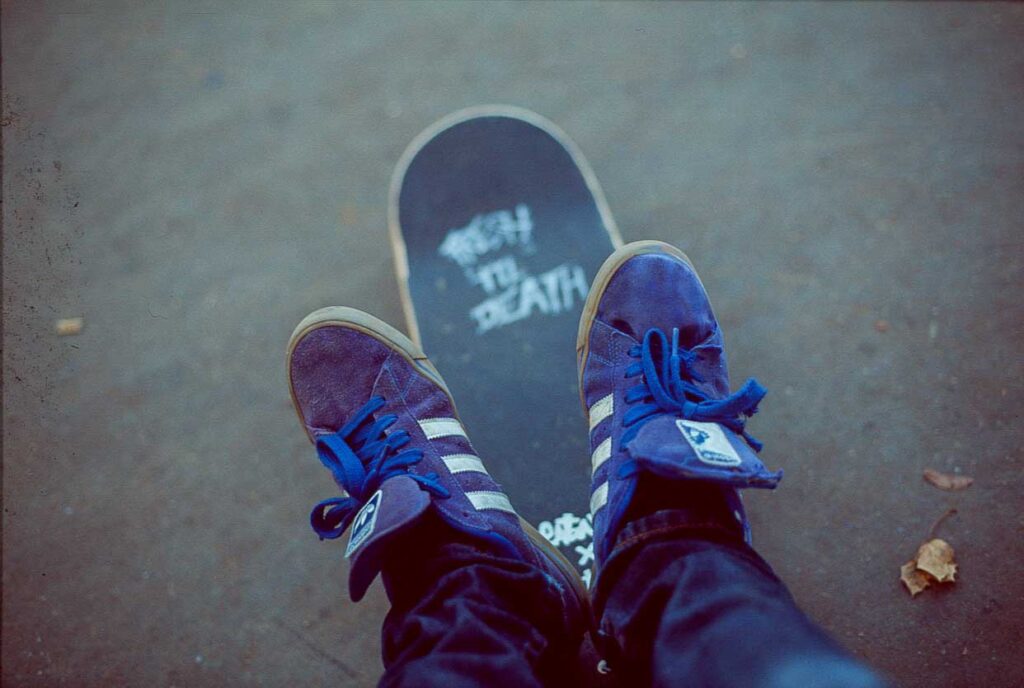
Conclusion
In wrapping up our exploration of the best film for the Argus C3, it’s clear that the choice of film significantly influences the output of this classic camera. The Argus C3, with its sturdy design and preference for 35mm film, suits a variety of photographic styles and preferences. Whether you’re shooting in black and white or color, the selection of the right film type—taking into account ISO, grain, and color rendition—is crucial for achieving the desired photographic results.
We’ve highlighted the versatility of 35mm film, pointing out options like Kodak Gold 200 for those seeking vibrant, warm tones, and Kodak Portra 400 for photographers aiming for true-to-life color reproduction and fine grain in varied lighting conditions. For black and white enthusiasts, Ilford HP5 Plus 400 offers a wide exposure latitude and a classic look, making it a reliable choice for a range of subjects.
In conclusion, the best film for the Argus C3 depends on your photographic goals and the conditions in which you’ll be shooting. Whether capturing the nuances of everyday life, the dynamic energy of street scenes, or the serene beauty of landscapes, there’s a 35mm film that meets your needs. Experimentation and practice will be your best guides as you navigate the vast array of film available to find the perfect match for your Argus C3.

